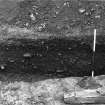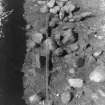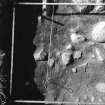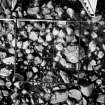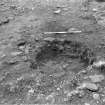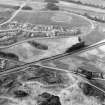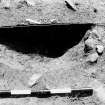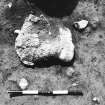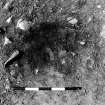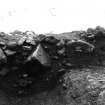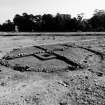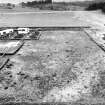Balfarg Riding School
Cremation(S) (Period Unassigned), Henge (Neolithic) - (Bronze Age)(Possible), Ring Cairn(S) (Neolithic) - (Bronze Age), Timber Structure(S) (Period Unassigned), Beaker(S) (Period Unassigned), Food Vessel(S) (Period Unassigned), Unidentified Pottery (Neolithic), Vessel (Period Unassigned)
Site Name Balfarg Riding School
Classification Cremation(S) (Period Unassigned), Henge (Neolithic) - (Bronze Age)(Possible), Ring Cairn(S) (Neolithic) - (Bronze Age), Timber Structure(S) (Period Unassigned), Beaker(S) (Period Unassigned), Food Vessel(S) (Period Unassigned), Unidentified Pottery (Neolithic), Vessel (Period Unassigned)
Canmore ID 29959
Site Number NO20SE 20
NGR NO 28488 03137
Datum OSGB36 - NGR
Permalink http://canmore.org.uk/site/29959
First 100 images shown. See the Collections panel (below) for a link to all digital images.
- Council Fife
- Parish Markinch
- Former Region Fife
- Former District Kirkcaldy
- Former County Fife
NO20SE 20 28488 03137
The prehistoric ceremonial use of the area seems to have lasted from early in the third millennium until late in the second millennium BC (in terms of uncalibrated radiocarbon dates). The sequence began with pit digging and pottery deposition in two parts of the site, near Balfarg Riding School and to the west of the Balfarg henge (NO20SE 5). Then, two timber structures, possibly with a mortuary function, were erected at Balfarg Riding School, probably in the early/mid third millennium BC (Uncalibrated). The later of the two mounded over and surrounded by a circular ditched enclosure (a possible henge); this activity was associated with the deposition of Grooved Ware. At about the same time, at the west end of the site, a similar deposition of burnt and broken Grooved Ware predates the construction of the Balfarg henge, with its timber and stone circles, and there is evidence of the first use of the Balbirnie stone circle (NO20SE 4).
Later in the third millennium BC (Uncalibrated) and in the second millennium, during the prolonged use at the Balfarg henge (NO20SE 5) and the Balbirnie stone circle (NO20SE 4), a complex sequence of events unfolds at Balfarg Riding School, including the digging of a ring-ditch and the erection of two concentric ring-cairns and a further cairn.
Late in the use of the complex there are episodes of burial associated with Beaker and Food Vessel pottery. Most burials are simple cremations, mainly in the area of Balbirnie stone circle (NO20SE 4), all apparently late in the sequence of the sites on which they are found. At the west end of the complex cremations were deposited in simple urns.
The excavation was undertaken by Historic Scotland.
G J Barclay and C J Russell-White 1993.
The excavation archive from Balfarg Riding School has been catalogued. It consists of photographic material, drawings and manuscripts.
Historic Scotland Archive Project (FD), 1996.
The two timber structures excavated at Balfarg Riding School are plotted as possible mortuary enclosures on a distribution map of Neolithic monuments covering southern Scotland (RCAHMS 1994 and 1997).
Information from RCAHMS (ARG), 6 May 1998.
Excavation (1983 - 1985)
The excavation was undertaken by Historic Scotland.
Source:
G J Barclay and C J Russell-White 1993.

























































































































